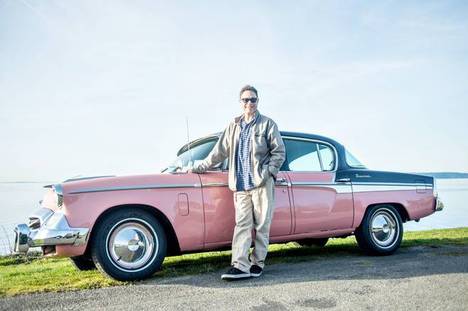(p. 482) . . . Bill Sanders, Charlie Bacon’s replacement as the head of corporate personnel, . . . had once served Telling in the East despite having hair that flowed far below his ears. Sanders had grown his hair out in order to irritate an old-school store manager who exercised his sovereign rights by refusing to hire any man not sporting a crew cut. The fact that Telling never told Sanders to cut his hair was an early indication to others in the East that Ed Telling was much more interested in people who could do the job and who exhibited a healthy contempt for the status quo than he was in appearances.
. . .
(p. 492) It was more than dumb luck that his band of loyalists happened to include several supersensitive and insecure men, some deeply religious men, some obsessively ambitious men, several quite short men, and others, from secretaries to former window-dressers, who never fit into the status quo until Ed Telling discovered them and helped them flourish among his private band of irregulars. Along the way, the Eastern Territory troupe was joined by others. Whether they were bright-button kids from Utah itching to accomplish an act that truly counted on a large scale, or frustrated wordsmiths so enamored of the metaphors of power that the practice of management appeared to them in Biblical panoramas, they all had a part. All irregulars were welcome, and in his quiet way Ed Telling played them all. Telling could sense through instinct which people were willing to submit and which ones were willing to fight. Far from being unaware of his motivational skills, Telling would on occasion call Pat Jamieson into his office after one of his managers left, then convey to Pat the elliptical words he’d uttered to the manager, and predict the number of days it would take the officer to come back with the problem ironed out. He was rarely off by more than twenty-four hours. He said his management style involved giving subordinates a great deal of freedom, “the freedom,” he called it, “to perform.”
Source:
Katz, Donald R. The Big Store: Inside the Crisis and Revolution at Sears. New York: Viking Adult, 1987.
(Note: ellipses added.)

